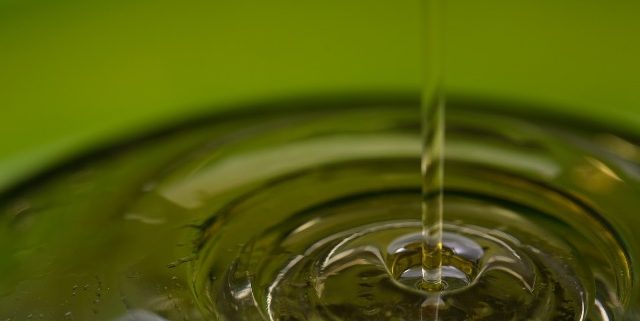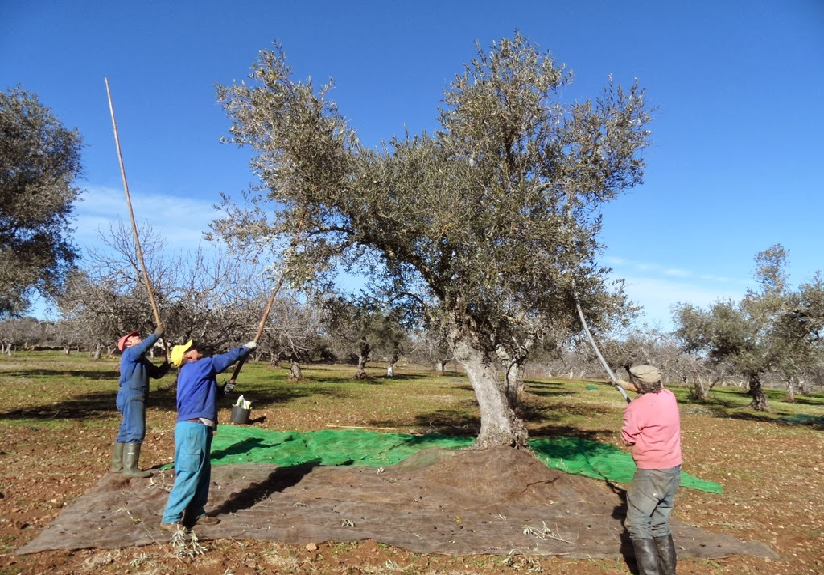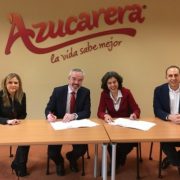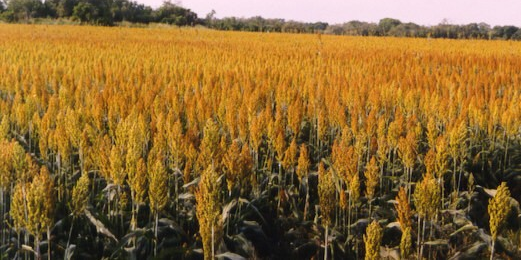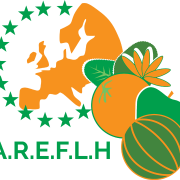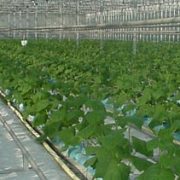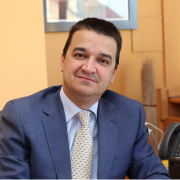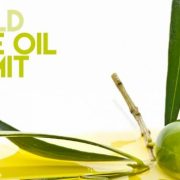Good prospects of quality and price in the final stage of the olive campaign
Olive harvest forecasts in the final stage of the campaign are optimistic, with a value-for-money ratio that the Coordinadora de Organizaciones de Agricultores y Ganaderos (COAG) calls “balanced and sustainable”.
From the olive sector sector of this organization has been called attention to the fact how the evolution in the last two campaigns shows that the sector “is not surplus and has the capacity to put on the market all the olive oil produced with remunerative prices”. In this sense, it has attacked the permanent strategy of the packaging industry which, in order to keep prices low, has endeavored to show the opposite.
On this issue, COAG olive sector representative, Gregorio López, has argued that “reality shows that, after several years of medium harvests, we are mature enough to allow stable prices that benefit producers, manufacturers and consumers. The problem of the olive sector is not surplus: exports grow, as does the recognition and valuation abroad of olive oil as a product with healthy characteristics of the first order. To this must be added the weather conditions that also affect the crop. In short, the structural problem of olive groves are not surpluses, because there is no oil left over, but price volatility”.
At present, prices for virgin olive oil are € 3.50-€ 3.60/kg and for the extra virgin olive oil € 3.70-€ 3.80/kg
In the case of lampante, the prices do not fall from 3.45 €/kg. At this juncture, it is vital to address once and for all the implementation of market regulation mechanisms (as reflected in the CAP) to provide the sector with the necessary stability. “After years of losses for olive growers, the current scenario allows us to be moderately optimistic. A reduction of the harvest due to lack of rainfall and the good pace of commercialization allow us to see a strong price, which fortunately exceeds production costs (€ 2.50/kg according to MAPAMA data), “López has predicted.
COAG argues that the current moment (with supply, demand and prices that are presumed stable), is ideal to find solutions and implement the measures that the sector needs
Along these lines, this organization considers that it is time to fulfill the promise of the last CAP reform, according to which would be reviewed and up to date the automatic triggering thresholds for private storage, as set out in the single CMO, but nothing has been done after three years.
Short crop of exceptional quality
The olive oil harvesting is progressing well and the partial data confirms what COAG was already advancing at the beginning of the campaign, coinciding with the presentation of the capacity of the Ministry of Agriculture, Fisheries and Rural Development (CAPDER) of the Junta de Andalusia.
COAG confirms that the estimates of capacity of the CAPDER, which estimated the production of olive oil for all of Spain at 1.38 million tonnes
According to this organization, this official estimate is going to be reduced considerably, mainly for two reasons: because the harvest of olive is being reduced (-15%) and because its fatty yield is inferior in several points to the one of a normal year, circumstances caused by the high temperatures and drought that has undergone the crop. The subsequent rains have served to save the trees and have better prospects for the campaign next year but have come late for the current.
In spite of the decrease in production, COAG emphasizes that the quality in this campaign will be exceptional because almost all the fruit is being picked of the tree
Source: COAG




